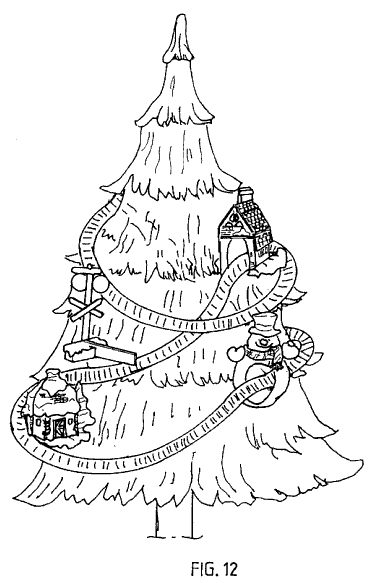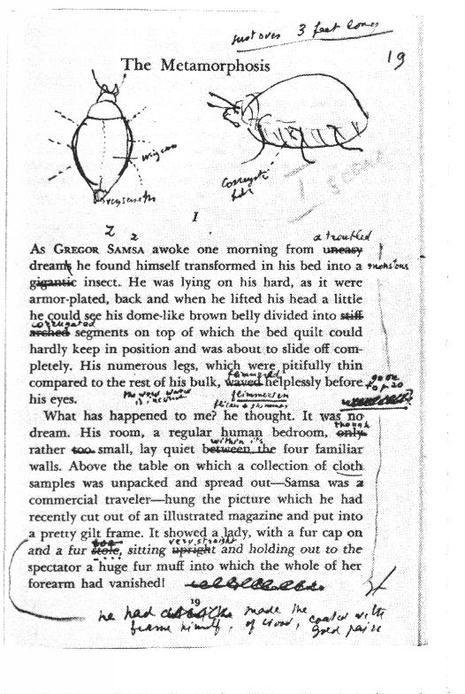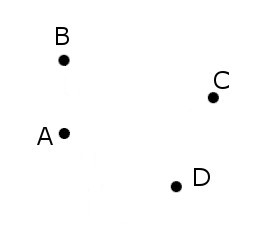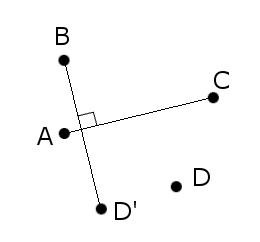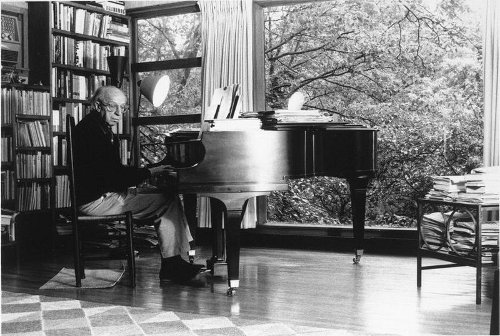Expression markings used by Australian composer Percy Grainger:
- “Louden lots”
- “Soften bit by bit”
- “Lower notes of woggle well to the fore”
- “Glassily”
- “Sipplingly”
- “Bumpingly”
- “Hammeringly”
- “Bundling”
- “Clatteringly”
- “Like a shriek”
- “Very rhythmic and jimp”
- “Rollikingly”
- “Hold until blown”
- “Jogtrottingly”
- “Easygoingly but very clingingly”
Musical directions in Erik Satie’s piano works:
- “Wonder about yourself”
- “Provide yourself with shrewdness”
- “Alone, for one moment”
- “Open the head”
- “Superstitiously”
- “In a very particular way”
- “Light as an egg”
- “Like a nightingale with a toothache”
- “Moderately, I insist”
- “A little bit warm”
- “Very Turkish”
One of Satie’s directions — “Very lost” — might have been unnecessary.


